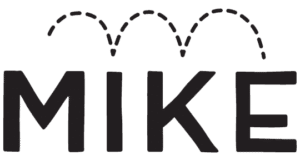People who
inspire us
Ten Learnings from Ten Years Working with In-House Agencies
In over a decade of working with in-house agencies we’ve witnessed the full gamut of outcomes, from roaring successes to abysmal failures. We’ve learned that there is no “one size fits all” approach that guarantees success. However, throughout our journey we’ve gathered some principles that lay the groundwork for in-housing prosperity.

1. Have an in-house strategy
A fundamental of any successful in-house agency is a solid strategy, but you’d be surprised how many companies skip this foundational step. There is no turnkey solution; you need to create one that works for your particular goals and set of constraints. A solid strategy has several tenets:
– Mission, vision and values. These can be derived from your parent company’s values, but should be extended to capture the ethos of your in-house team.
– Stewardship of your company’s brand identity, positioning and messaging.
– Team positioning: A clearly defined remit, set of goals, and boundaries.
– A deep understanding of your audience.
– An equally deep understanding of the needs of your stakeholders, or “internal clients”.
– An approach to finances, whether you are setting up your in-house agency as a profit or cost center.
– A human resources approach that ensures you have access to the talent you need, and can retain them.
– An approach to operations and workflow that enables creativity while meeting the company’s needs.
Getting your strategy right is no easy task. Ask for help and advice from those that have already found success.

2. Don’t in-house everything
A common mistake we’ve seen is to in-house too much, too soon. It can be tempting to see the on-paper costs you could save by firing your agencies and production companies, bringing all the work under your own roof where you have full control. This thought process can lead to overzealous in-housing, followed by the inevitable discovery that content production is not quite as easy as it seems.
A truism throughout the business world is that you should focus on your core competencies, and outsource the rest. It’s important to ascertain your core competencies, and be sure that you only in-house the elements that fall under that definition. There are certain parts of the creative process that are more readily in-housed, such as ideation and ownership of your brand identity. Where things get dicey can be the more complex production activities. You may ask yourself “how hard can a photoshoot really be?” The answer is: harder than you think.
We recommend a gradual approach to in-housing, starting with full ownership of your brand, and ideation. Which leads us to our next point…

3. Decouple production from ideation
The most successful in-house agencies we’ve worked with decouple production from ideation. This approach is known as “decoupled production” by some, and “hybrid in-housing” by others.
What do we mean by this?
Separate the production legwork from your creative process. Make a conscious decision to outsource the more expert production tasks and logistical elements, letting your in-house team focus on finding the right “way-in”.
In doing so, you’ll save money as your visibility on expenditure becomes much clearer. You’ll find you can dodge hidden costs and assess your budgets with more clarity. What’s more, you’ll have more creative freedom, and higher quality output thanks to specialized talent who’ve been recruited by the external production company.
A good production company has many years of experience in executing on the creative vision of a variety of clients in a variety of industries. This experience is incredibly expensive to acquire, from technical capabilities to operational knowhow. Not to mention the deep bench of talent that good production companies can access. Focus your in-house team on perfecting the creative vision, then let your production partner execute in style.
Over our 12 years in the game, we’ve partnered with a diverse mix of clients, each of whom have had their own objectives going into the process. Embracing decoupled production has helped DoorDash increase its production capacity, Gymshark extend its geographical production reach, Lego diversify its production skillset and Experian create an efficient production pipeline that supports the full range of projects it undertakes. In all cases, decoupling has enabled these brands to supercharge their production output and increase efficiencies without compromising on quality.

4. Define and bolster your brand identity
Your brand identity is at the core of everything you do. It’s arguably your company’s most important asset, which is why you should think carefully before surrendering control of it.
By in-housing brand ownership and ideation, you give your internal brand team the ability to ensure that your brand is precisely represented throughout all of its expressions and touch points. It’s essential to make sure your brand positioning, messaging, and visual identity is fully realized, and well understood by all those who work with it. A well defined brand identity will help an in-house team shine.
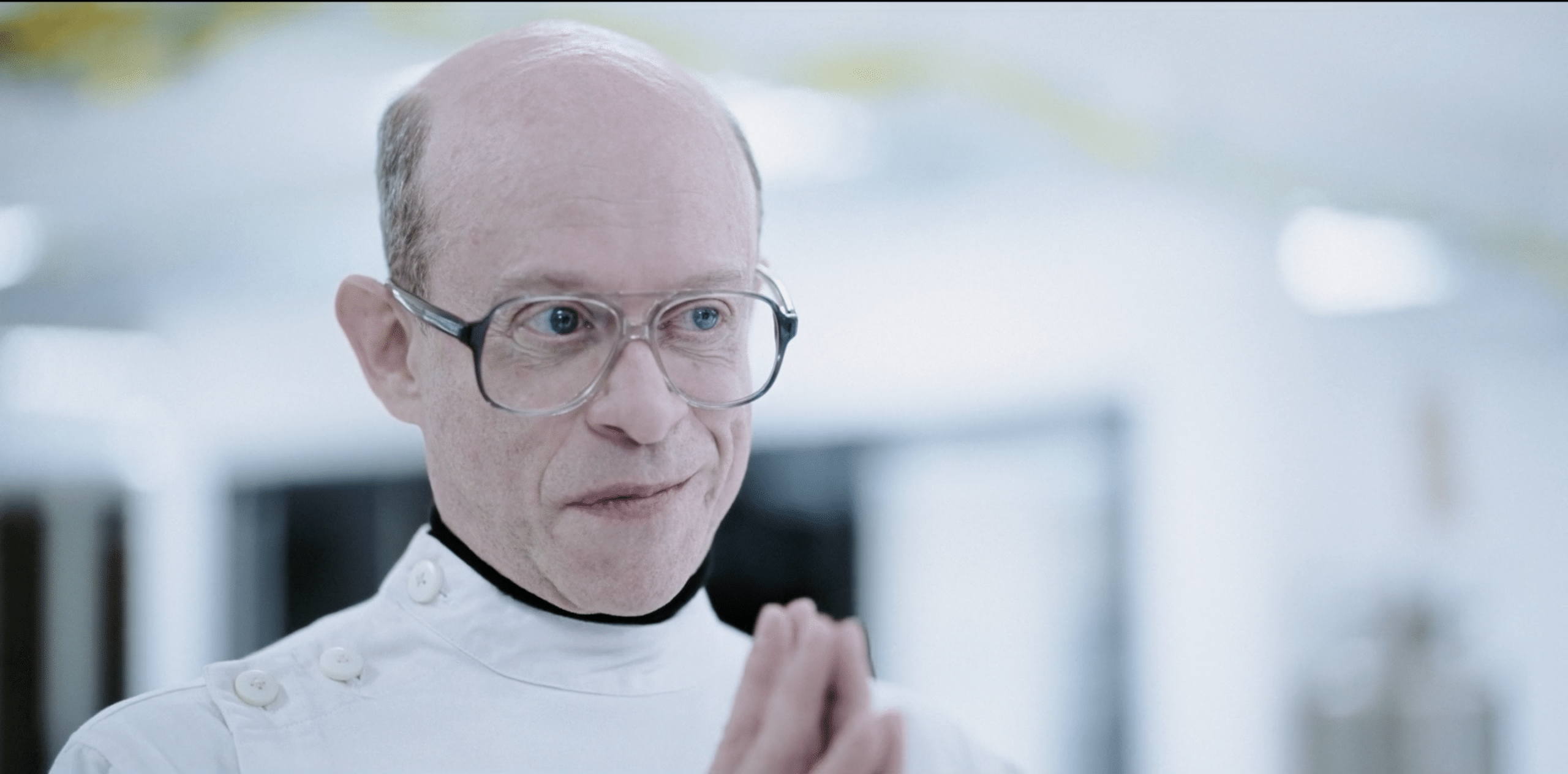
5. Devise a light and thoughtful production workflow
Before compelling work comes to fruition, a considered creative workflow must be established between in-housers and external partners. In our mind, complexity is your worst enemy. Your in-house team is not a factory but a studio – a space for original and brilliant ideas.
Don’t overcomplicate. Find hacks that minimize administrative work, and maximize creative time. Assign key responsibilities so everyone understands their role. We’ve seen first hand how unclaimed or overlapping tasks can be damaging and demoralizing for all involved.
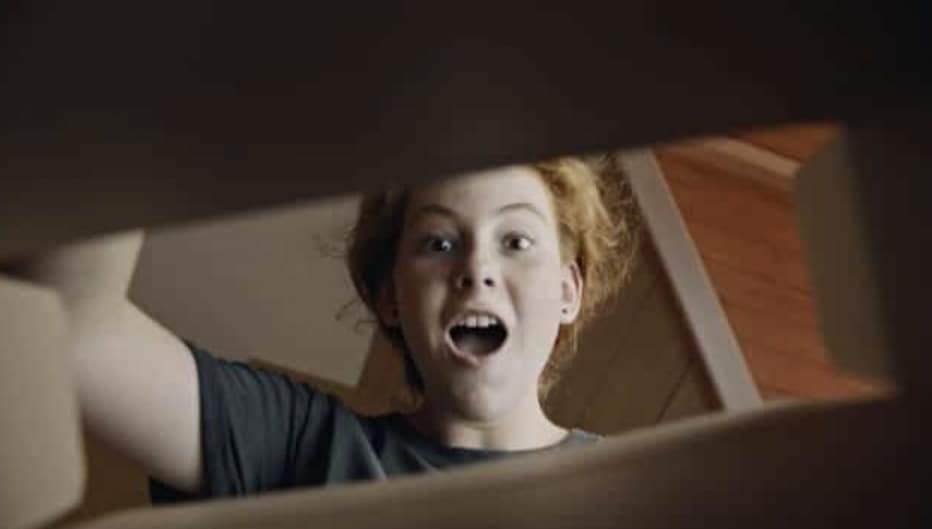
6. Centralize your assets
It may sound a touch nerdy but we suggest working with an media asset management system (MAM) to create centralised vaults for all brand and campaign assets.
Properly implemented, MAMs save enormous amounts of time spent digging for files, avoid confusing duplication of work and ensure a high level of consistency and polish across all projects. They also provide a central asset sharing nexus for your production partners, enabling tight access control so your partners only see what they need to see. The best MAMs come with mobile-ready review and approval tools, making sure your stakeholders can weigh-in smoothly.
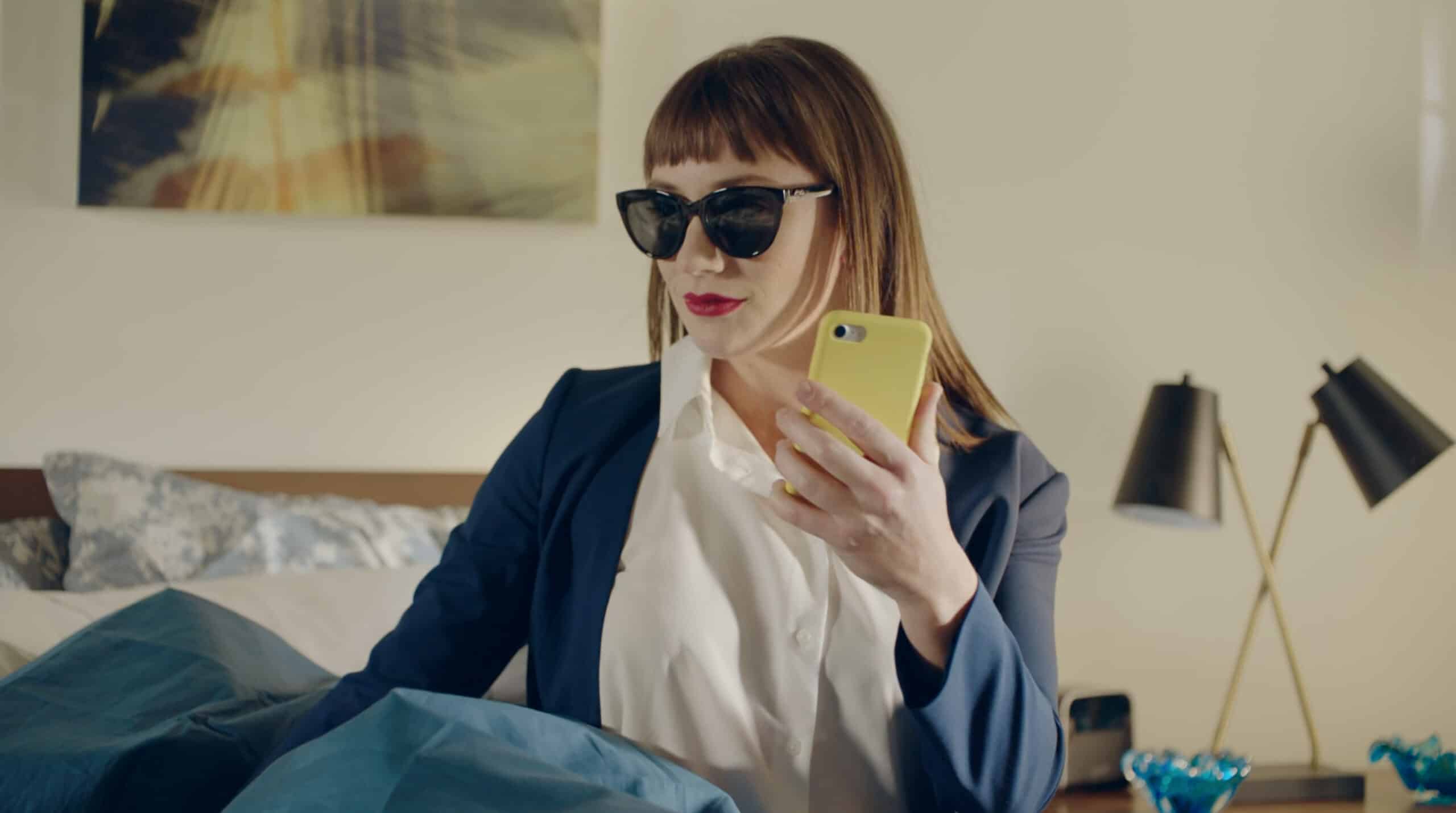
7. Hire an experienced Agency Operations leader
Running an agency is no joke. There are a plethora of risks, chokepoints, and challenges that can derail you. Not to mention the challenge of getting the best out of your creative professionals.
The good news is that all of these problems have been solved before. Don’t re-invent the wheel. Find an operations leader who already knows how to run an agency, and has experience solving the deluge of challenges that comes with it.

8. Don’t skimp on talent
The well-worn adage “you get what you pay for” is doubly true in the creative domain. While most in-house agencies are born out of a desire to save money, hiring talent is not a place to pinch pennies.
That said, hiring exceptional talent has become exceptionally hard. In this market, pretty much every super-talented designer, strategist, copywriter, marketer has work. However, attitudes towards working at in-house agencies are shifting. Many creatives who worked freelance over the pandemic are looking for something more stable, where they can shine creatively.
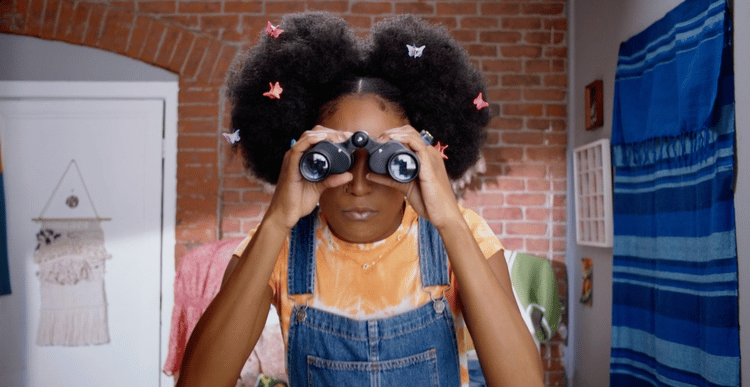
9. Foster a creative environment
To attract and retain the best talent, one must create a flexible, fun environment where they can flex their creative muscles and avoid boredom. Shield them from the structures and complexities of corporate life, as much as is reasonably possible. We’ve gathered more tips on how to foster a creative environment in this article.

10. Do exciting work
This can be among the most challenging of our recommendations. The reality is that not all work at an in-house agency is exciting or innovative. Sometimes less exciting work just needs to get done. The key is finding balance. Easier said than done.
We now live in a world where the traditional advertising models are falling by the wayside. The pay-per-click model is under threat, with GDPR and privacy settings on newer iPhones hobbling advertisers’ ability to track ad performance and audience behavior. Not to mention the genesis of consumer-ready AI like Chat-GPT, which strikes at the previously unassailable Google search model.
The upshot of all this is that all brands need to become storytellers; content is still king. This is why we are seeing a surge in branded entertainment. Companies that focus on branded entertainment are finding a deeper connection with their audience and in-house creatives alike. Branded entertainment is not only effective, but is exciting work for your in-house team.
A final thought…
Ask for help. In-housing is complicated and rife with risk, but absolutely worth the effort if done right. The good news is that it’s been done many times before. The In-House Agency Forum says that at least 75% of corporations have in-housed some or all of their creative operations, and companies like MikeTeevee – who are leading the in-housing charge – can help you find the right balance and avoid the pitfalls.
